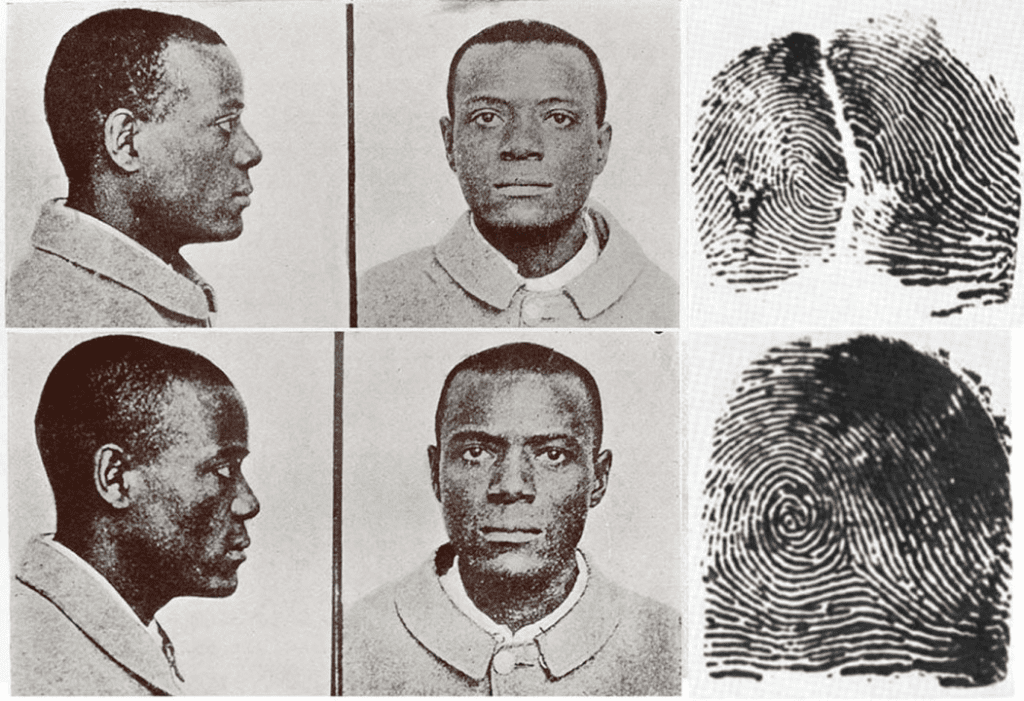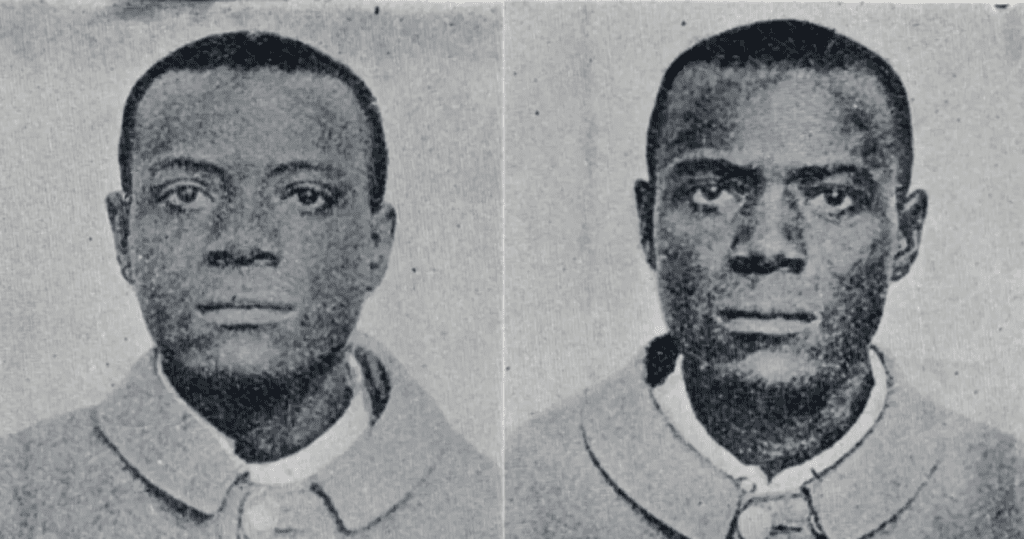In a world where justice often hinges on the word of witnesses or the judgment of appearances, two innocent lives were nearly destroyed all because they looked like someone else. Their story serves as a powerful reminder that while people can be deceived by faces, science rarely lies.
This is the true account of a case of mistaken identity that almost shattered two futures until something as small as a fingerprint turned everything around.

When Looks Become a Curse
It started with a crime a robbery, a getaway, and a suspect who vanished. Authorities had a name, a vague description, and a lineup of suspects to question. Among them was a man who looked eerily similar to the accused. Right build. Same haircut. Same shade of eyes. To many, it seemed like an open-and-shut case.
Except it wasn’t.

Despite pleading his innocence, the man let’s call him David was arrested. Witnesses pointed him out. Officers felt confident they had their guy. Meanwhile, his family and friends were in disbelief. David had no criminal history, no motive, and no connection to the crime. But his face betrayed him.
While David sat behind bars, his life unraveled. His employer let him go. His reputation was in tatters. And yet, he insisted, again and again, “You have the wrong man.”
And he was right.
Video:
Will and William West Case: The Reign of the Fingerprint System and the End of The Bertillon System
The Match That Changed Everything
It was only through routine fingerprint analysis, part of the evidence-gathering process, that something shocking came to light: David’s fingerprints didn’t match those found at the scene. In fact, they matched nothing at all. But another man’s fingerprints almost identical in appearance to David did.
The real culprit was eventually located, arrested, and confessed. He and David could have passed for brothers. They had never met, but their faces could have fooled even close friends.
Thanks to this small but critical piece of forensic science, David was released, cleared of all charges. His record was wiped clean but the emotional and social damage took years to undo.

More Than Just One Case
David’s story isn’t unique. Over the decades, dozens of innocent people have been wrongly accused because of mistaken identity. From similar-looking strangers to identical twins, visual misidentification remains a troubling blind spot in the justice system.
Video:
Crime Scene Chemistry: Fingerprinting
It wasn’t until the 20th century that fingerprinting became widely accepted as reliable forensic evidence, helping to reduce these kinds of tragic errors. Today, it’s standard practice in criminal investigations around the world. Yet, even with technology, human error and bias still play a role in initial arrests.
What This Teaches Us About Truth
At its core, this story reminds us that truth and evidence must go hand in hand. While our eyes can be tricked, and assumptions can lead us astray, the science of fingerprinting offers an unbiased voice in the room.
In the court of public opinion, appearance is powerful. But in the courtroom, it’s facts and only facts that should determine someone’s fate.

Conclusion: Justice Needs More Than Judgment
If not for fingerprint science, David could have spent years behind bars for a crime he never committed. His story is a cautionary tale and a hopeful one. Because even when appearances fail us, science can still bring us back to the truth.
In a world quick to judge, it’s more important than ever to look deeper than the surface and let facts lead the way.


